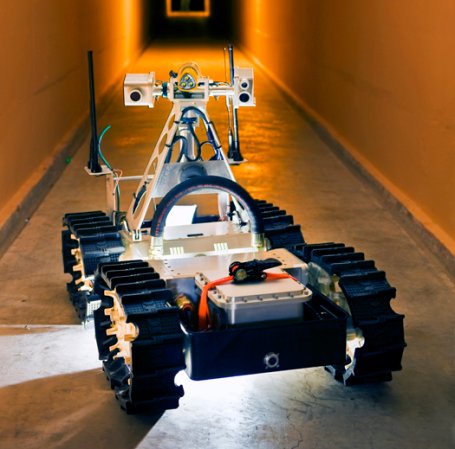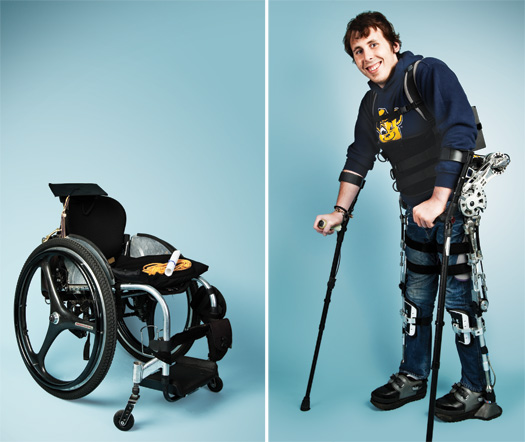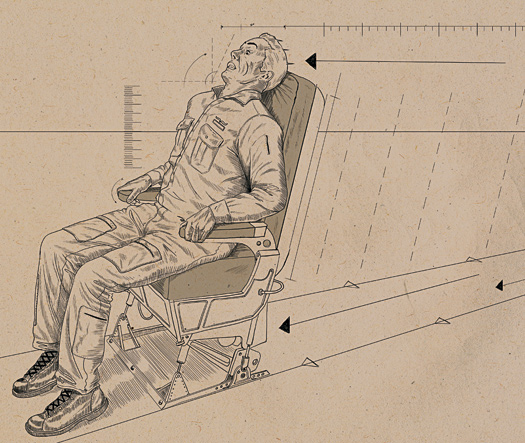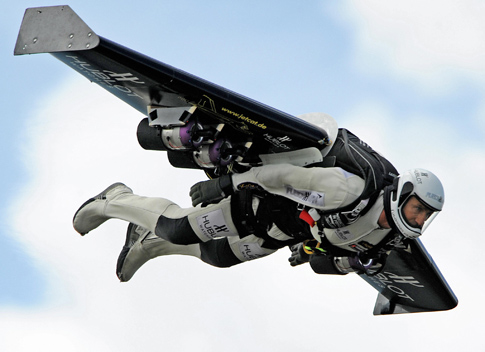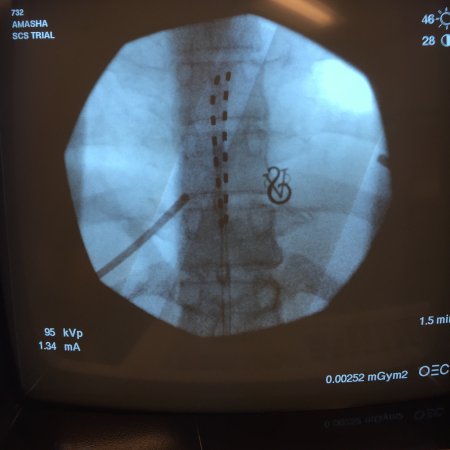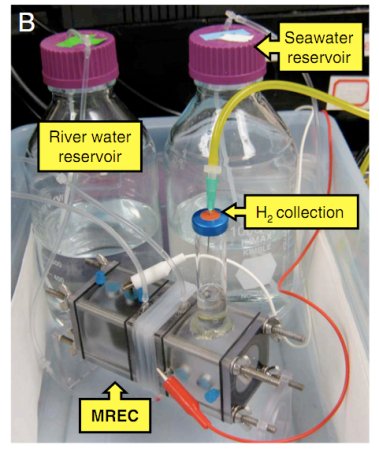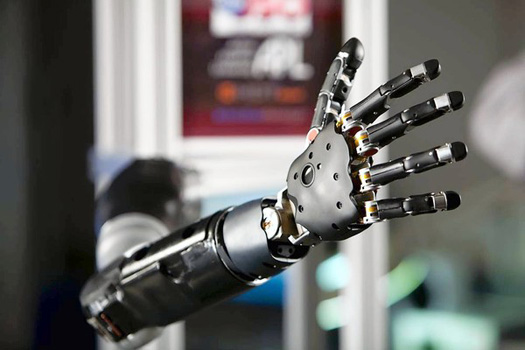

We cover biomedical science and engineering a lot, and sometimes I get to wondering: if I was rebuilding my own flimsy, flesh-based body–presumably because I’d had some ghastly dismembering, eviscerating accident–and replacing my limbs, joints, senses, and organs with the most futuristic, top-of-the-line bionics, what would I get? Would I want an artificial lower leg that sprinters use in Olympic-level races, or a motorized leg that can climb a slope as well as a natural leg? I gathered a list of 15 bionic body parts that I’d want to wear, or have installed.
Some of these body parts are available now, saving or making lives easier, while some have only been seen in prototype or even just proof of concept form. Some are designed to replace an existing body part with as few sacrifices as possible, and some may even provide an advantage over our flesh-and-bone bodies. This is the current and near-future state of bionics.
















